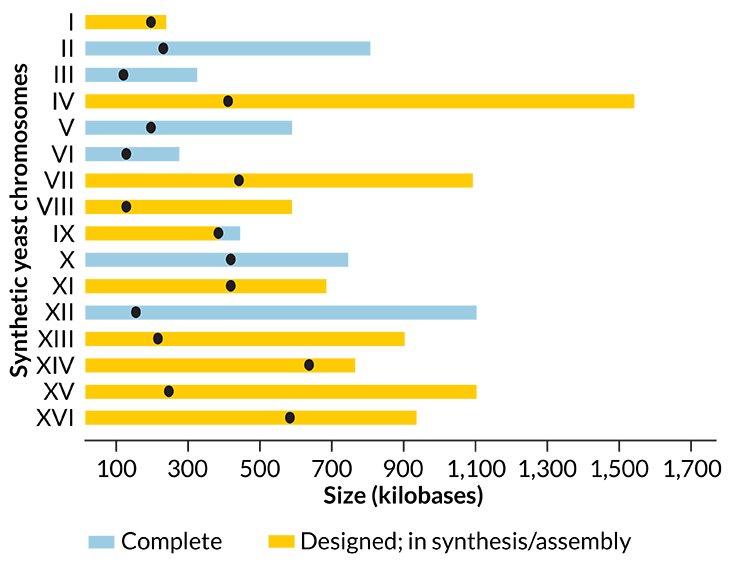- Get link
- X
- Other Apps

Scientists for one more, but a very noticeable step closer to the creation in vitro of yeast. They managed to form five more yeast chromosomes. Yeast is necessary for humanity, including for the production of bread and bakery products, which in itself was one of the greatest finds of civilization, held long before all attention was attracted by the rapid improvement of digital electronics.
The results of the work done by scientists were published in the scientific publication Science . Geneticist from Langon Medical Center, New York University, Jef Boke (Jef Boeke) reported that researchers were able to learn more about the cellular structure of these simple, but very important for human civilization organisms. Artificial yeast can become more effective than natural yeasts, in various applications, from antiviral drugs to biofuels.
Jeff Boke was part of a research team that back in 2014 announced that she was able to synthesize the first yeast chromosome. Currently, several hundred scientists from five countries are working on the creation of Baker's yeast chromosomes (Saccharomyces cerevisiae), the integration of which will allow the synthesis of living cells. Since the work on the six chromosomes has already been completed, Jeff Boke hopes that the remaining ten will be synthesized by the end of 2017.
Each synthetic chromosome is based on one of those that are characteristic of natural Baker's yeast, but is modified in order to increase its efficiency. Researchers eliminate the yeast DNA from mutations causing the flaws, as well as from those fragments that carry the repeating code of the same information.
When researchers succeed in integrating synthetic DNA fragments into yeast cells, the natural DNA fragments in these cells will be replaced by those that are artificially created.
Yeast are eukaryotes, that is, living organisms whose cells have a formed nucleus. Like the cells of the human body, they store their DNA in the nuclei of cells. This study theoretically opens the way to the synthesis of chromosomes for more complex organisms than baker's yeast, but it still seems to be a distant future.

To date, there is some progress in the work on the synthesis of 16 yeast chromosomes, which is conducted by schools of researchers from five countries. The yellow color on the chart shows those 10 chromosomes that are still being worked on. The blue color reflects those six chromosomes that were fully completed. The lower axis of the graph displays the molecular weight in thousands of heterocyclic bases of the nucleic acid.
Based on sciencenews.org
The article is based on materials .
- Get link
- X
- Other Apps
Comments
Post a Comment